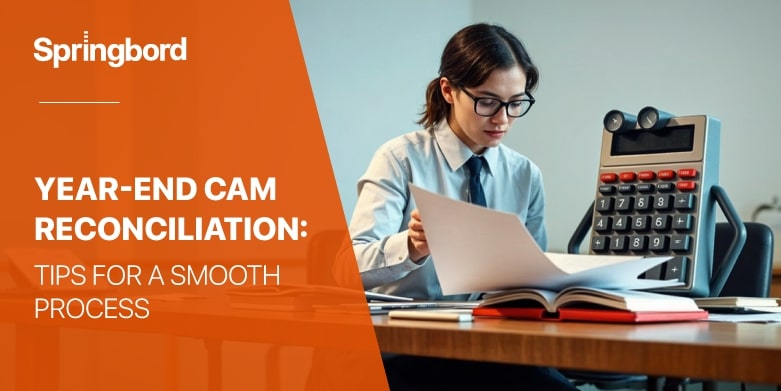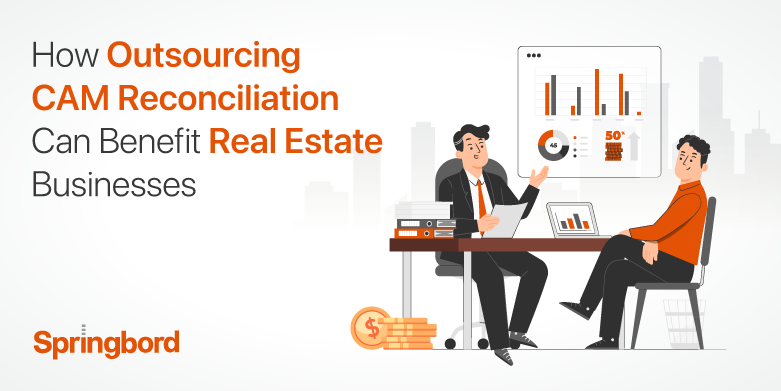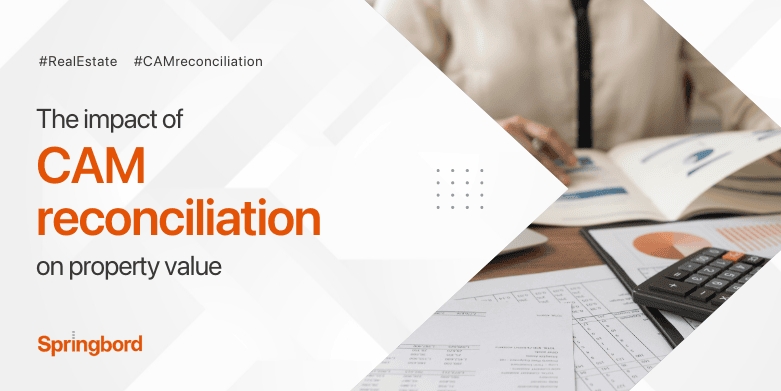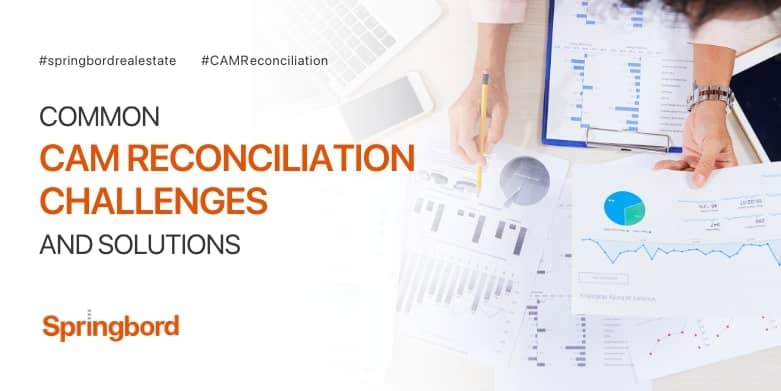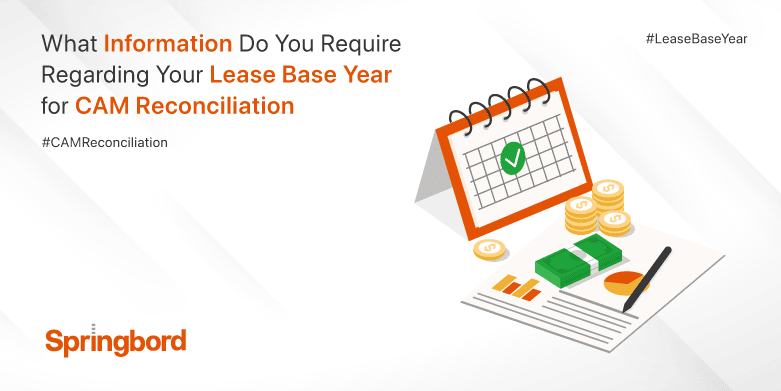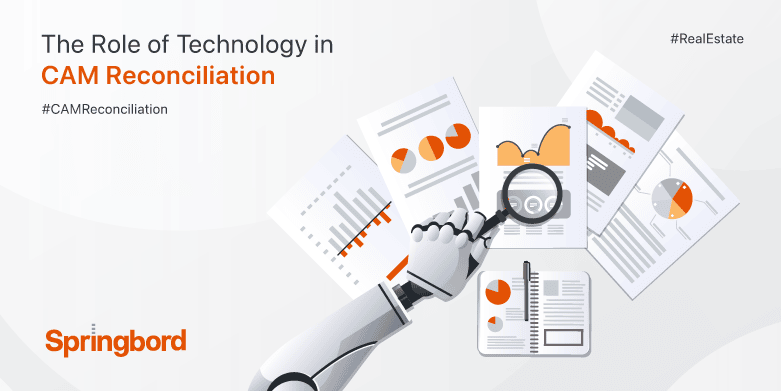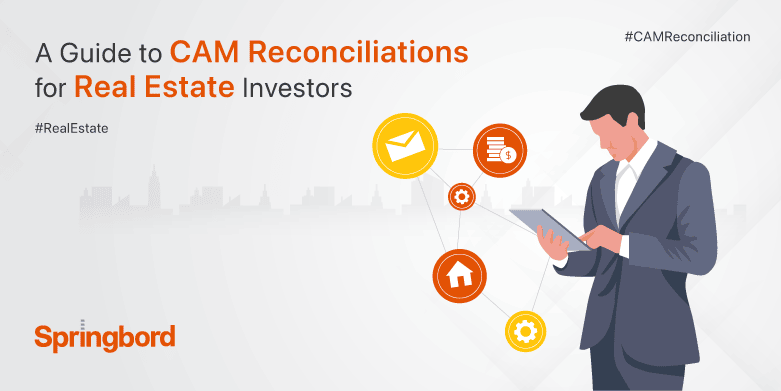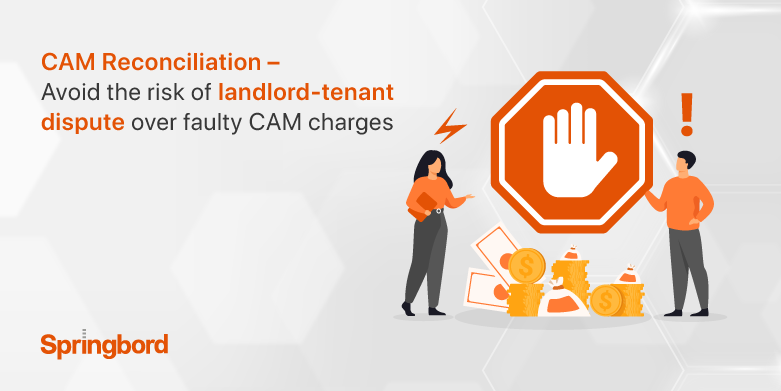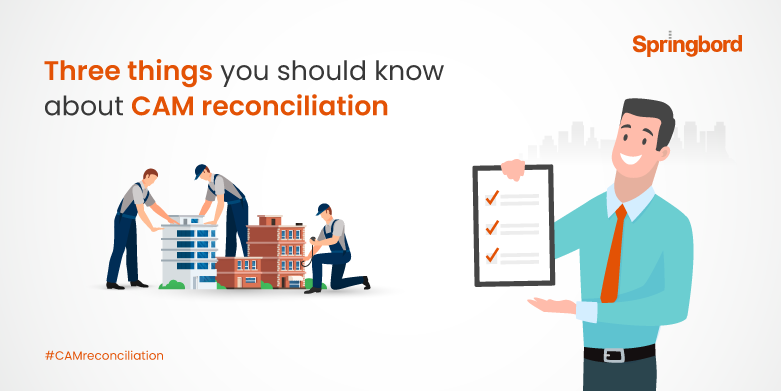M
E
N
U
Common Area Maintenance (CAM) reconciliation is extremely important for business owners managing commercial properties. This process ensures that tenant’s expenses incurred in maintaining shared spaces are fairly distributed according to their lease agreements. Accurate CAM reconciliation promotes transparency, builds trust between landlords and tenants, and helps in efficient financial planning for both parties. Significance of
As a property owner or manager, you know that keeping track of all the costs associated with your property can be a daunting task. From rent payments to utility bills, it can be difficult to keep everything organized and ensure that all expenses are accounted for. That’s where a CAM Reconciliation Statement comes in. A
In real estate management, Commercial Common Area Maintenance (CAM) reconciliation stands as a pivotal process. It’s the mechanism through which landlords recover expenses incurred in maintaining shared spaces within commercial properties. While seemingly straightforward, CAM reconciliation poses significant challenges for real estate business owners, necessitating a closer look at its complexities and implications. At Springbord,
The reconciliation of CAM expenses is crucial to the financial landscape of commercial properties. The impact of CAM reconciliation on property value must be balanced. CAM reconciliation, the process of balancing common area maintenance charges, has the potential to have a significant impact on a property’s value. Property owners, investors, and tenants must understand CAM
As a leading service provider in the real estate industry, Springbord understands the importance of CAM (Common Area Maintenance) reconciliation for property owners and managers. CAM charges are a vital aspect of commercial leases that can significantly impact the financial performance of a property. However, the process of reconciling these charges can be complex, and
CAM (Common Area Maintenance) reconciliation is an important process for commercial property landlords and tenants to understand. It involves comparing the actual expenses incurred for maintaining and operating a property during a specific period, known as the “current year,” to the expenses that were budgeted for that period, known as the “base year.” The difference
Technology has been rapidly advancing in recent years, and it has had a profound impact on various industries, including the property management industry. One area where technology has made a significant impact is in the CAM (Common Area Maintenance) reconciliation process. The CAM reconciliation process is a critical aspect of property management as it involves
Common Area Maintenance (CAM) charges are fees that commercial tenants pay in addition to their base rent to cover the costs of maintaining common areas of a building, such as lobbies, elevators, and restrooms. These charges are often found in multi-tenant commercial properties, such as shopping centers, office buildings, and industrial parks. As a commercial
Common area maintenance (CAM) expenses are operating expenses that are shared by the tenants on a pro rata basis. CAM charges are not standard expenses, they vary greatly depending on various factors, because of this CAM reconciliation has emerged to be one of the most tedious and complex processes. Despite landlords/property managers efforts to simplify
Common area maintenance (CAM) expenses are a standard and key part of any commercial lease that helps cover the operating expenses These charges are calculated on a pro-rata basis and passed on to the tenants. That said, despite its importance in the upkeep of a property, the lack of a unified template for reconciling CAM
- 1
- 2


